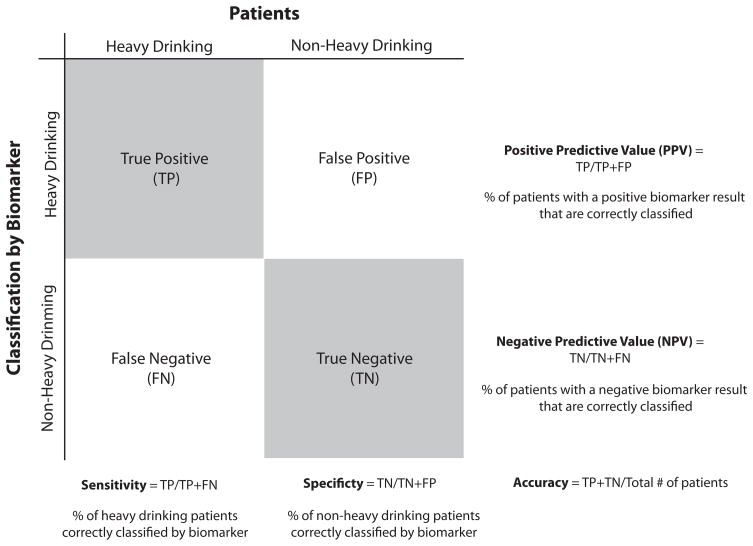Figure 1. Metrics for assessing biomarker performance.
Unlike traditional statistics that examine differences between populations, diagnostics are intended to be informative of the individual patient. Sensitivity, specificity, positive predictive value, negative predictive value, and accuracy measures can be used to summarize a biomarker’s ability to correct classify subjects. In this example, the ability to classify heavy alcohol drinking and non-heavy alcohol drinking (abstainers or light drinkers) is portrayed. Sensitivity and specificity are the most commonly used measures, and, in this case, they respectively give the percentage of alcohol abusing and non-alcohol abusing subjects correctly identified.

